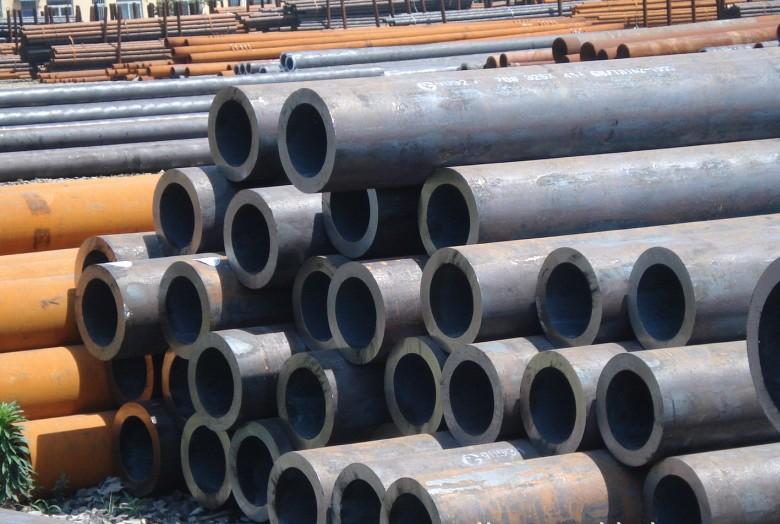Steel material and grade
Carbon structural steel:
Example: Q235B (GB/T 700)
Q is the first letter of the Chinese Pinyin for the initial character “Qu” in yield strength;
235 refers to a yield strength not less than 235Mpa;
B refers to the grade of steel, which is divided into grades A, B, C, and D.
Finally, the deoxidation method code for steel can also be added, where:
F is boiling steel, b is semi killed steel, Z is killed steel, and TZ is special killed steel.
High quality carbon structural steel:
Example: 20 (GB/T 699)
The average carbon content of 20 fingers is 0.20% (expressed in parts per ten thousand).
Example: 20Mn (GB/T 699)
Mn refers to the high content of alloying element manganese, with a mass fraction of 0.70% -1.00%, listed separately.
Example: 50MnA (GB/T 699)
A represents the metallurgical quality of the steel. A is high-grade high-quality steel, and E is extra high-grade high-quality steel.
Pipeline steel:
Example: L245 (GB/T 9711)
L is the first letter of the English pipeline word Line. 245 indicates that the minimum yield strength is not less than 245Mpa.
Example: L290R (GB/T 9711)
The last letter R represents the delivery status. R is rolling, N is normalizing, Q is quenching+tempering, and M is thermomechanical rolling.
Example: L415QS (GB/T 9711)
The last letter S indicates that the service condition of the steel pipe is acidic medium.
Seamless steel pipes for high-pressure boilers
Example: 12Cr1MoVG (GB 5310)
12 represents approximately 0.12% carbon, approximately 1% chromium, and an appropriate amount of molybdenum and vanadium elements. The last letter G indicates that the steel grade is boiler steel.
Seamless steel pipes for low-temperature pipelines
Example: 16MnDG (GBT 18984)
DG represents low-temperature pipelines.
Steel for pressure vessels
Example: 15CrMoR (GB713)
R represents steel for boilers and pressure vessels.

